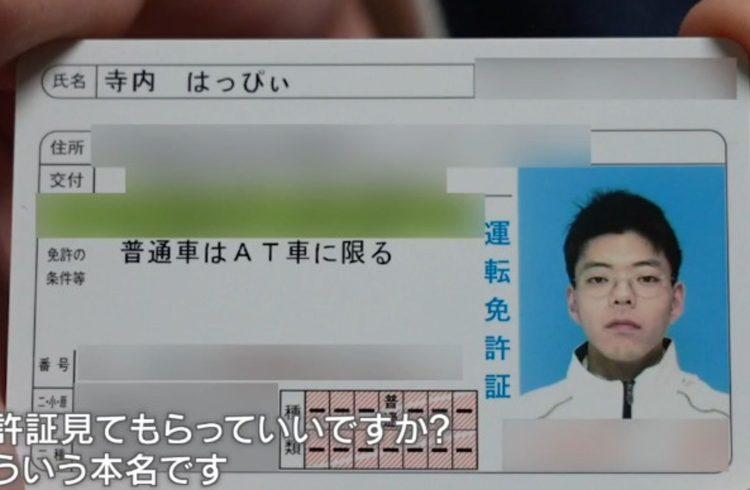Excavated Neanderthal bones often had traces of pollen around them, indicating that even back then flowers were used to celebrate the deceased. Japanese artist Hideki Tokushige uses animal bones to recreate various flowers, thus honoring the longstanding connection between the two.
“We’ve been creating paintings and sculptures for over 70,000 years and our relationship to bones is just as old,” Tokushige explains. “Everything around us – clothes, nuclear power plants, internet – can be traced back to the structure of bones.” Inspired by the cycle of life and death and the relationship between flowers and death, the Japanese artist started creating stunningly detailed Honebana, or bone flowers. It all started one day, when Hideki Tokushige was coming home from work. He saw a dead raccoon in the middle of the street, and instead of simply ignoring it or throwing it in a waste bin, he took it home, removed the bones and used them as an art medium. Originally trained in photography, Hideki found a way to assemble the bones into intricate floral sculptures that are shockingly beautiful to look at.
“We don’t come in contact with bones anymore,” says Tokushige. “And yet we all will one day become bones and return to the earth. Perhaps by returning to a fundamental state of mind and contemplating bones we can learn something about ourselves.” After photographing his Hanabone, the artist returns the animal bones to the earth.
Hideki Tokushige via Spoon & Tamago
















